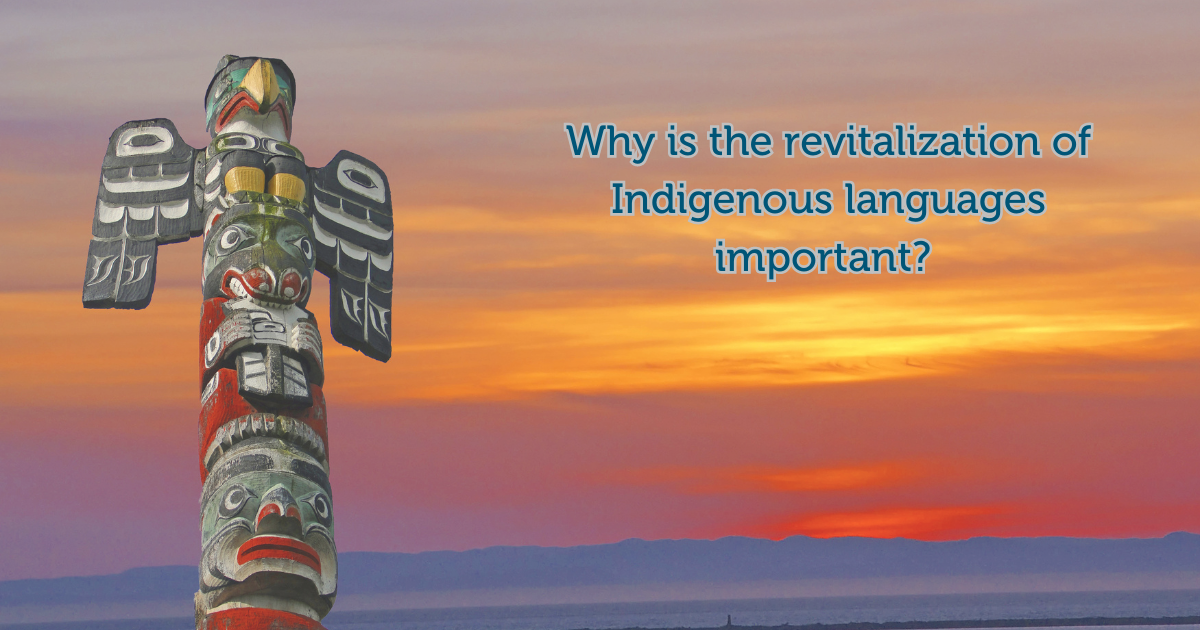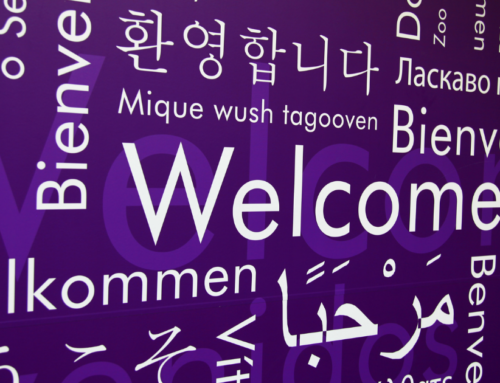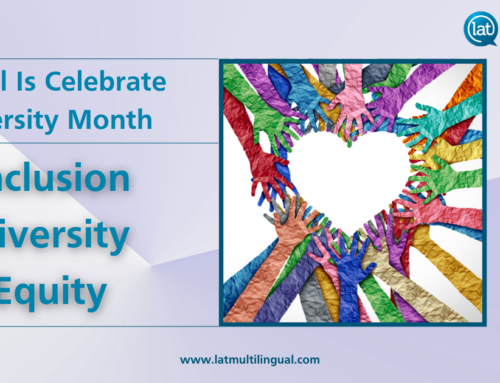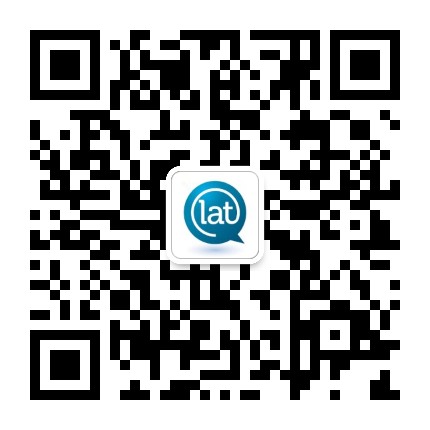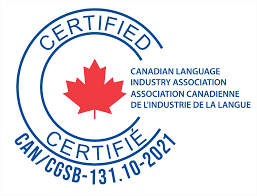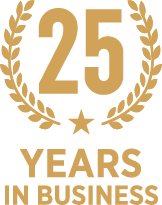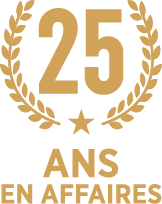What is Indigenous language revitalization?
Indigenous language revitalization refers to specific efforts to preserve, promote, and revitalize the languages spoken by Indigenous communities.
In recent years, the importance of revitalizing Indigenous languages has become well-known. Many efforts, such as the movement for truth and reconciliation, have been put into practice to preserve and reclaim cultural elements that have been suppressed by years of assimilation.
In 2019, the Canadian government approved the Indigenous Languages Act in response to the Truth and Reconciliation Commission’s Calls to Action 13 to 17.
These calls asked the following of the federal government:
- Acknowledge that Aboriginal rights include Aboriginal language rights.
- Appoint, in consultation with Aboriginal groups, an Aboriginal Languages Commissioner.
- Enact an Aboriginal Languages Act that incorporates the following principles:
- Aboriginal languages are a fundamental and valued element of Canadian culture and society, and there is an urgency to preserve them.
- Aboriginal language rights are reinforced by the Treaties.
- The federal government has a responsibility to provide sufficient funds for Aboriginal language revitalization and preservation.
- The preservation, revitalization, and strengthening of Aboriginal languages and cultures are best managed by Aboriginal people and communities.
- Funding for Aboriginal language initiatives must reflect the diversity of Aboriginal languages.
- Post-secondary institutions create university and college degree and diploma programs in Aboriginal languages.
- Enable residential school Survivors and their families to reclaim names changed by the residential school system.
How many Indigenous languages are spoken in Canada?
Over 70 Indigenous languages are estimated to be used throughout Canada. Still, the number of Indigenous people in Canada who are fluent in an Indigenous language is decreasing. Many Indigenous languages are at risk of extinction due to the long history of oppression faced by Indigenous Peoples in Canada.
In 2021, Statistics Canada reported that approximately 237,420 Indigenous people in Canada said they could speak an Indigenous language well enough to use it in a conversation—a 4.3% drop from 2016, the first noted decline since similar data was initially collected in 1991.
Among the most endangered languages are those in the Iroquoian language family. According to the Centre for Indigenous Knowledges and Languages (CIKL) at York University, only 355 people in Canada speak an Iroquoian language as their first form of communication. While many endangered languages have continued to decline, others, such as Haisla, Halkomelem, Heiltsuk and Michif, have experienced surges of revitalization. Based on the 2021 Census of Population, these languages have increased by a third (33.3%) or more since 2016.
Why is the revitalization of Indigenous languages important?
Indigenous languages are not only vital methods of communication but also central to the identities of Indigenous Peoples. Working to preserve Indigenous languages actively promotes critical elements of culture, such as self-expression, a sense of community, and self-empowerment.
Studies have found a connection between the language revitalization of Indigenous communities and improved health and well-being. The use of Indigenous languages is leading to lower rates of suicide, obesity, and diabetes, with cultural elements related to revitalization, such as increased social relationships and cultural traditions that involve exercise and nutritional foods, being cited as possible causes for improved health.
Amongst the health benefits, there have also been improvements in education and career opportunities for Indigenous Peoples. This includes expanded post-secondary course offerings focused on Indigenous languages and culture preservation, and jobs available for Indigenous youth, including peer mentoring and counselling of Indigenous communities. By offering education and career paths rooted in preserving and revitalizing Indigenous culture, Indigenous Peoples can have fulfilling, meaningful careers while staying connected to cultural practices and ideals.
Overall, Indigenous language revitalization is central to preserving Indigenous culture and promoting Indigenous Peoples’ health and economic prosperity. As Jeremy Dutcher, an Indigenous musician and composer from Tobique First Nation in New Brunswick says, “It’s crucial for us to make sure that we’re using our language and passing it on to the next generation. If you lose the language, you’re not just losing words; you’re losing an entire way of seeing and experiencing the world from a distinctly indigenous perspective.”
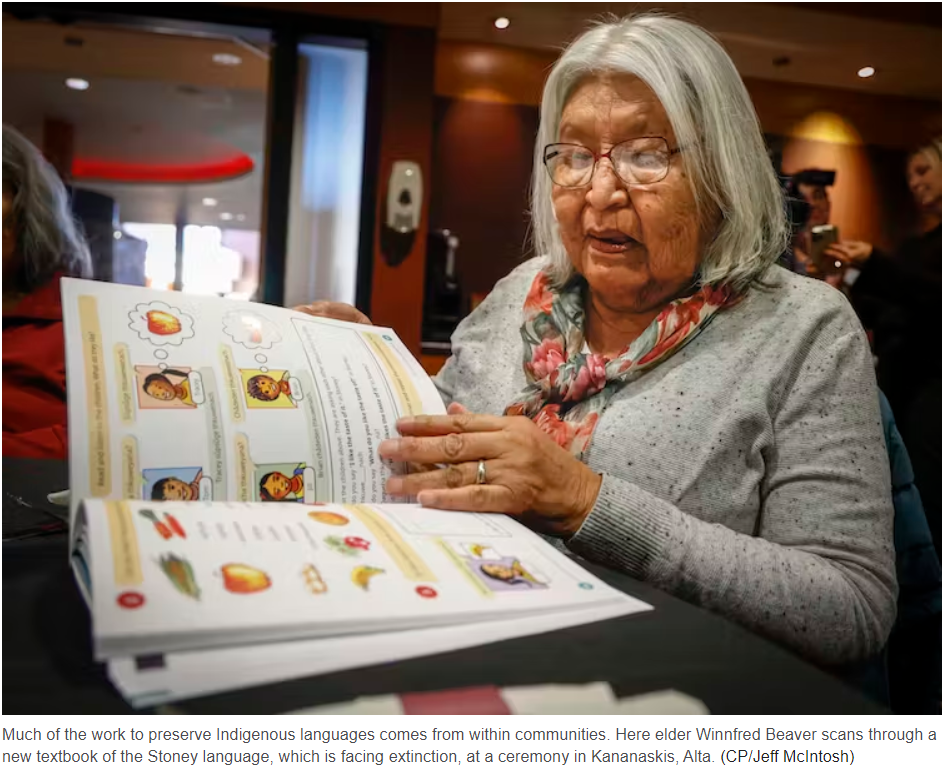
Source: The Conversation
LAT’s Commitment to Support the Revitalization of Indigenous Languages
LAT Multilingual is on a journey to promote linguistic diversity, focusing on forming meaningful relationships with keepers of Indigenous community languages in order to be able to offer translation services to key clients for whom the promotion and preservation of Indigenous languages in Canada matters.
LAT works with various clients who wish to engage meaningfully with Indigenous communities across Canada and will continue to take part in the truth and reconciliation process by expanding translation services with Indigenous languages. LAT hopes that promoting translation into Indigenous languages contributes to language revitalization efforts by creating incentives for Indigenous youth to learn their traditional languages and pursue translation as a career option.
To learn more about preserving and revitalizing Indigenous languages, check out previous blog posts that answer frequently asked questions like What language do Inuit speak? And What does truth and reconciliation mean for Indigenous people?

